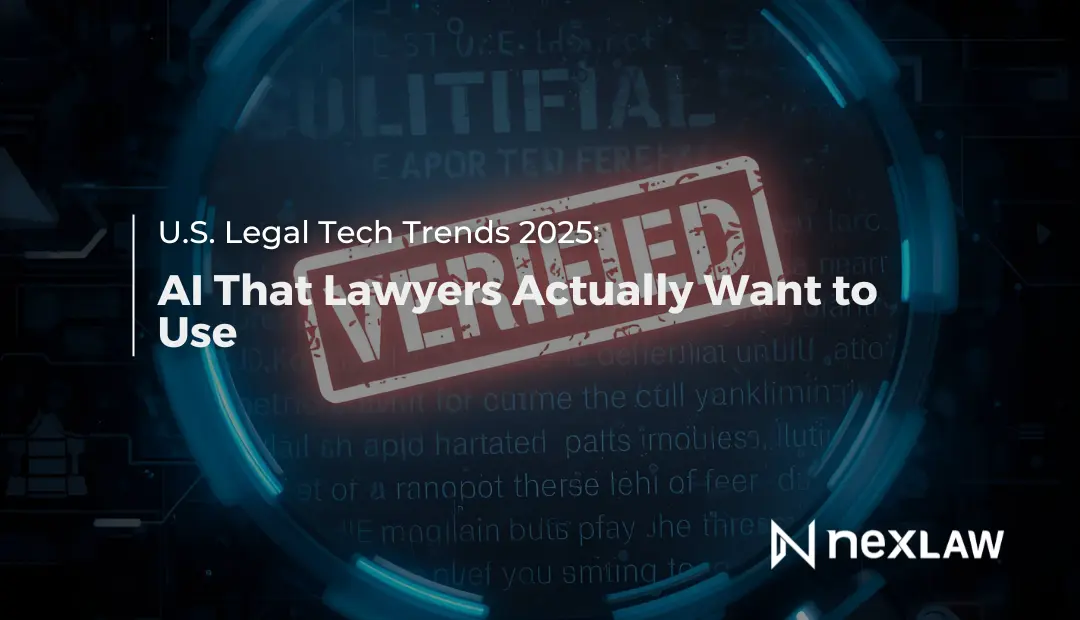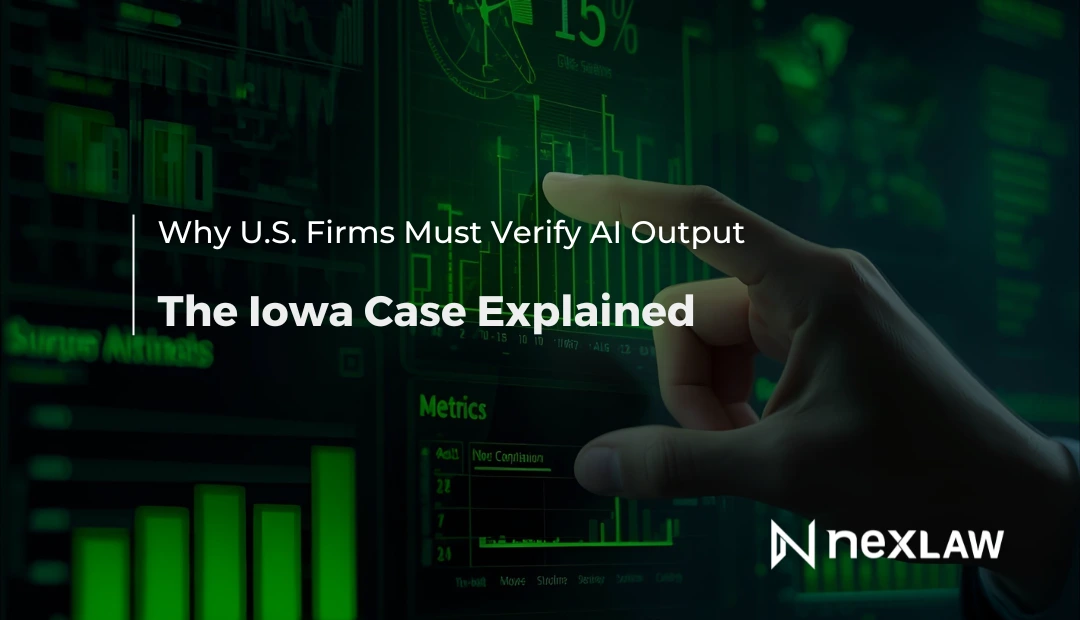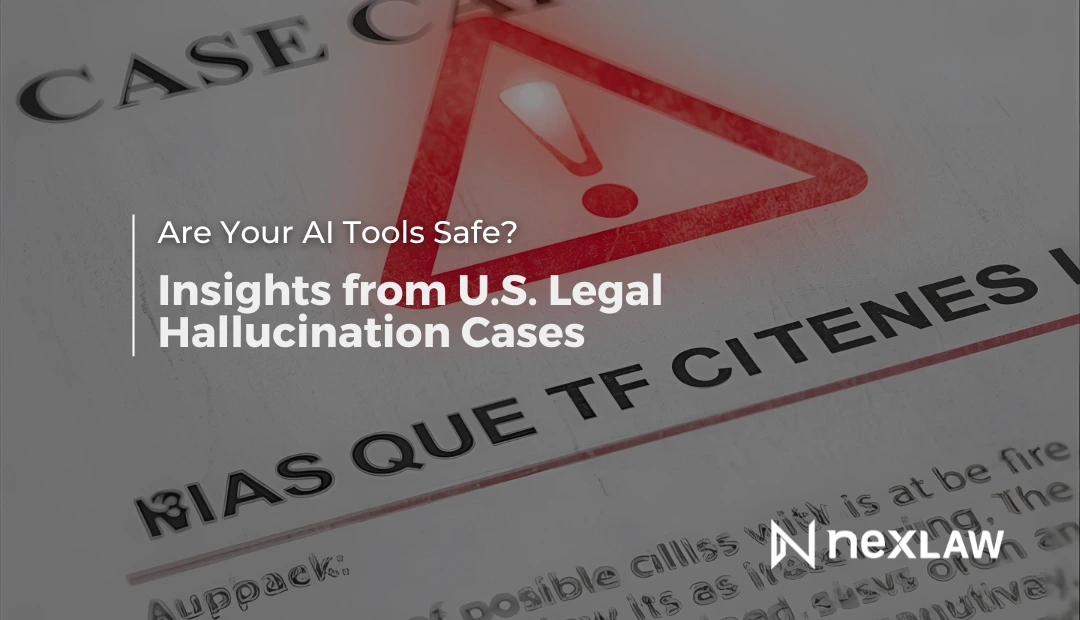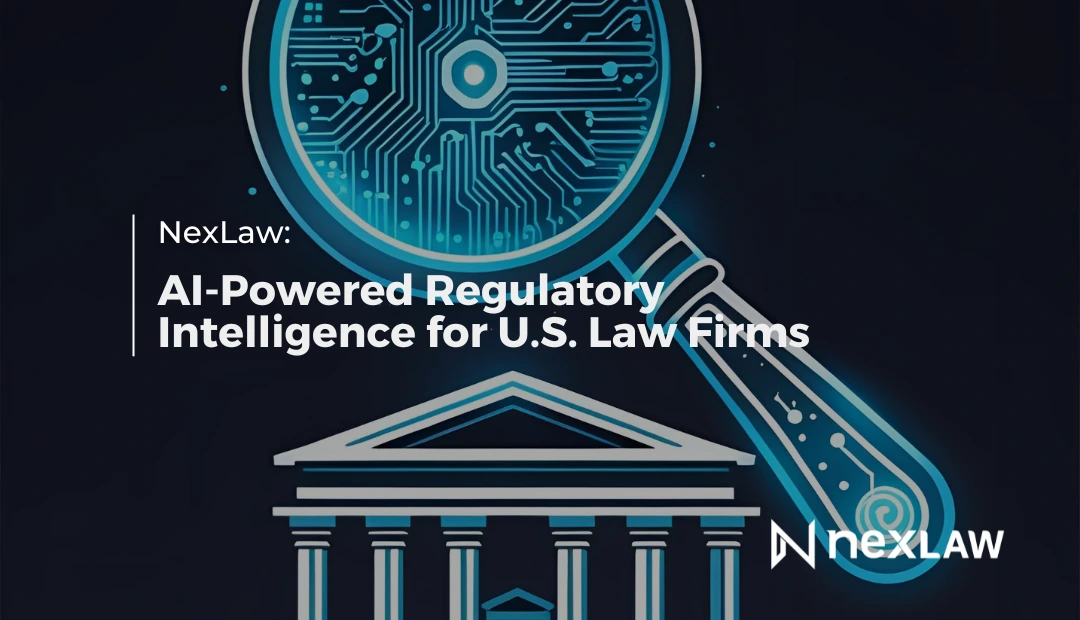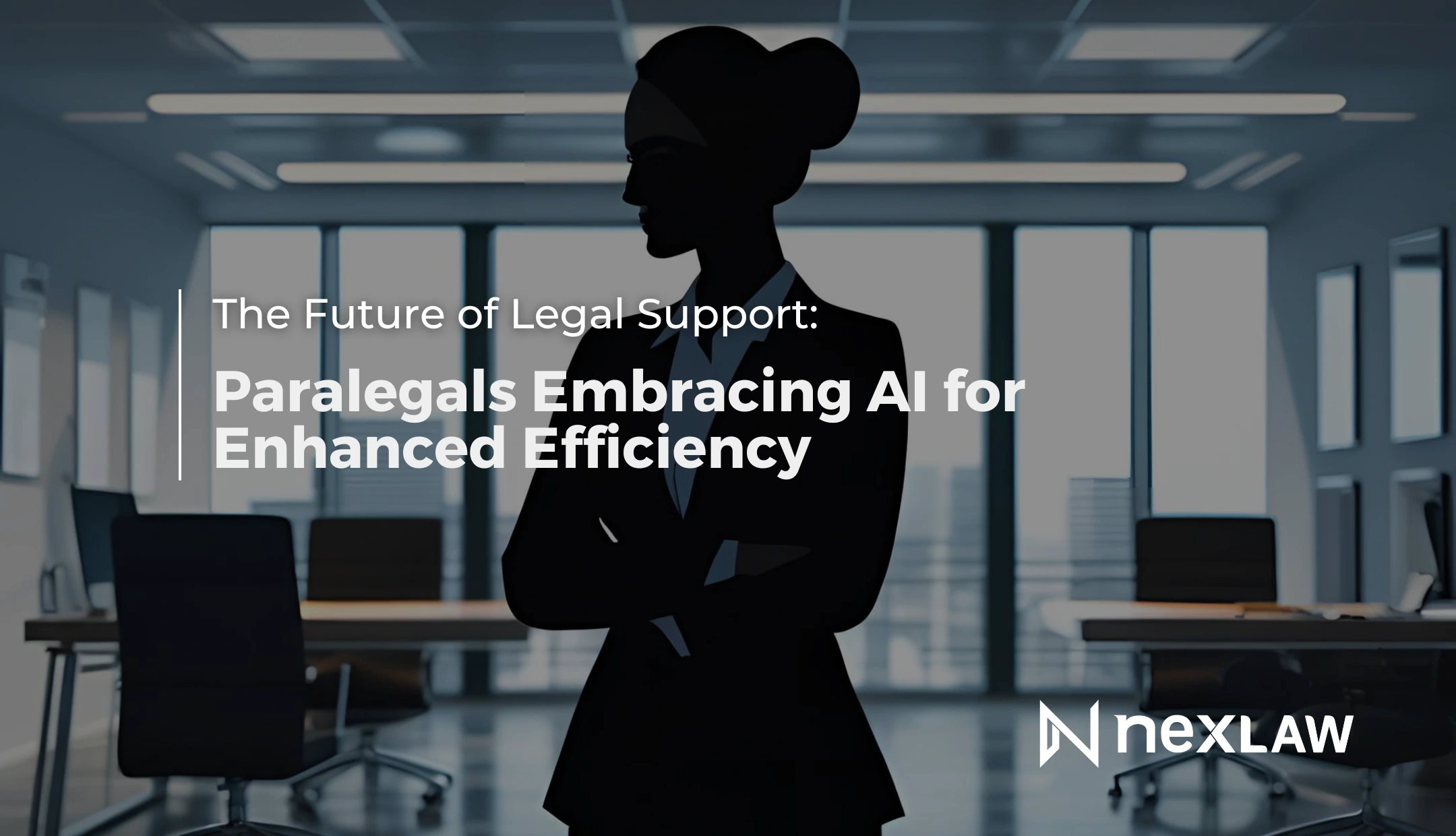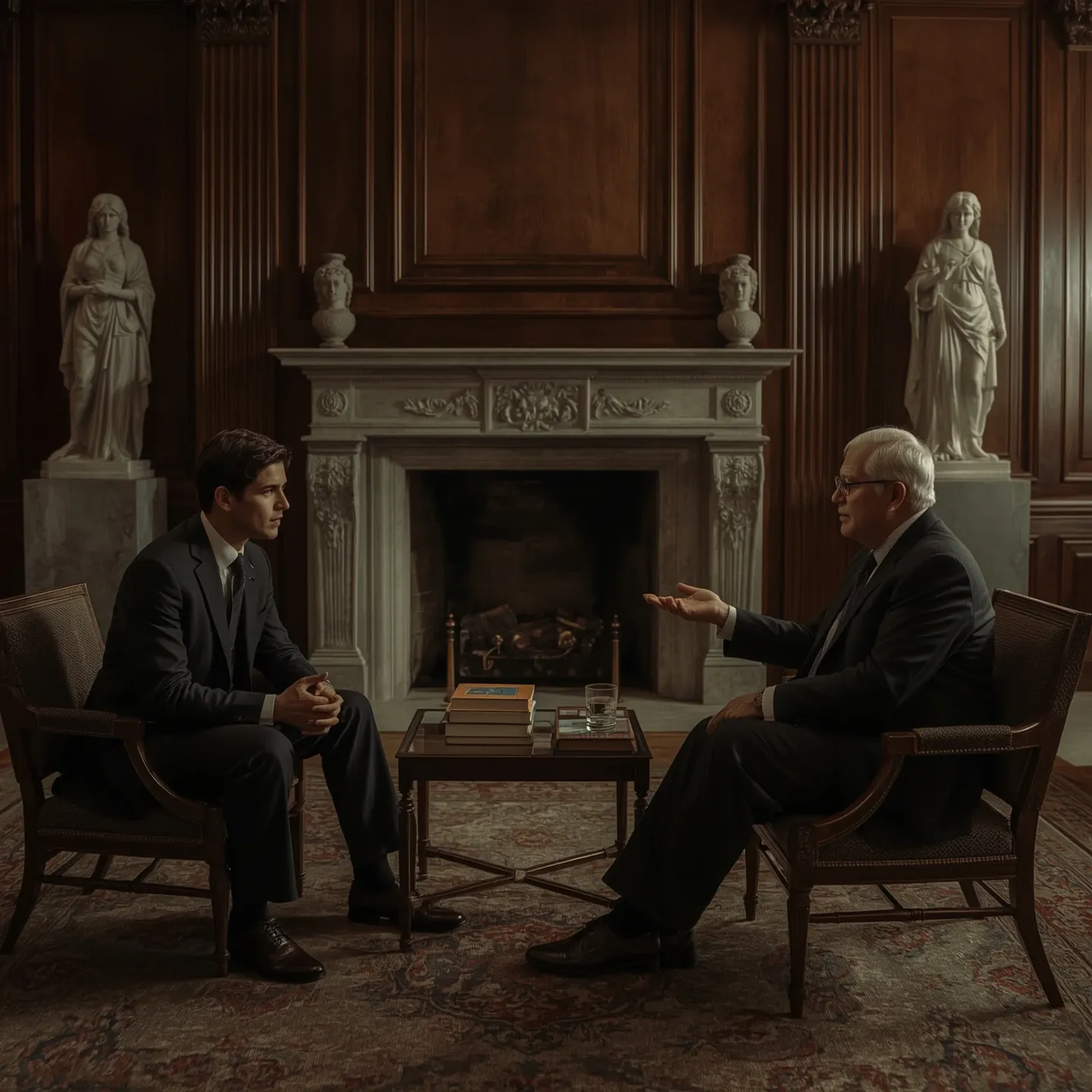AI in Litigation Timeline Construction: How NexLaw’s ChronoVault Supports Case Clarity and Strategy
Why timelines matter in U.S. litigation
In American litigation, the sequence of events can determine the strength of a case as much as the evidence itself. Courts have long recognized the importance of chronology in evaluating credibility, establishing causation, and applying procedural rules.
For example:
- In Celotex Corp. v. Catrett, 477 U.S. 317 (1986), the Supreme Court underscored the importance of identifying specific facts in the record - timelines help map those facts in order.
- Procedural rules, such as Federal Rule of Civil Procedure 56, require pinpoint citations to the record; a well-constructed timeline makes those citations faster to locate.
Whether in civil or criminal matters, timelines are more than visual aids, they are organizational frameworks that can make complex records comprehensible for attorneys, courts, and juries.
The traditional process: accurate but labor-intensive
Historically, litigation timelines were built by junior associates or paralegals manually reviewing discovery, deposition transcripts, and docket entries. They would extract dates, summarize events, and enter them into spreadsheets or presentation software. While accurate, this process had clear challenges:
- Time-consuming – Building a comprehensive chronology could take dozens of billable hours.
- Risk of omission – Without systematic review, a key date could be missed.
- Fragmentation – Data was often scattered across PDFs, emails, and handwritten notes.
With the explosion of electronic discovery - emails, chat logs, social media posts, and metadata - the volume of date-specific information has grown exponentially, making manual timelines harder to maintain in real time.
Where generic AI timeline tools fall short
Some AI-assisted tools promise “instant timelines,” but in practice, legal professionals often find themselves re-verifying and reorganizing the output. Common issues include:
- Limited data ingestion – Only processing uploaded PDFs without integrating docket records, discovery logs, or other structured legal data.
- Lack of legal context – Events may be ordered by date but not flagged for their procedural or evidentiary significance.
- Weak source linking – Without direct references, counsel must search manually to verify the underlying material.
- Static visuals – Charts that cannot adapt to different audiences, from a partner meeting to a jury presentation.
These shortcomings mean attorneys still spend substantial time correcting AI output before it is usable in litigation.
How NexLaw’s ChronoVault is designed to address these gaps
ChronoVault is NexLaw’s AI-driven litigation timeline feature, created specifically for U.S. trial preparation. It is not a “black box” generator of events, but a workflow tool that links each proposed timeline entry to its underlying source, allowing attorneys to verify accuracy before use.
1. Multi-source event capture
ChronoVault processes user-supplied matter materials, such as discovery productions, deposition transcripts, court filings, and docket reports, and proposes events with associated dates and citations. Where the attorney provides access to verified public records or databases, ChronoVault can incorporate those into the review set.
Example: If a motion was filed on January 5 and an order issued on January 20, ChronoVault can place both events in order, cite the docket entries, and link back to the PDFs.
2. Legal context tagging
Beyond chronological order, attorneys can tag events as “Filing Deadline,” “Deposition Excerpt,” “Key Exhibit,” or other categories relevant to their theory of the case. This supports the principle recognized in Anderson v. Liberty Lobby, Inc., 477 U.S. 242 (1986), that material facts are those affecting the outcome under governing law.
3. Source-linked accuracy
Each timeline entry includes a reference to the original document and page or line number. This approach mirrors Rule 56(c)(1), which requires that factual assertions in summary judgment be supported by citations to materials in the record. The system does not replace attorney verification, it facilitates it.
4. Workflow integration for trial prep
ChronoVault works alongside NexLaw’s other litigation tools so that attorneys can:
- Pull events directly into deposition outlines.
- Insert event references into motions or trial briefs.
- Create exhibit lists linked to specific timeline points.
This keeps all trial preparation materials connected, reducing time spent cross-referencing between systems.
5. Adaptable visuals
Timelines can be displayed as high-level overviews or detailed views. For example, in a patent infringement case, the high-level view may cover product launch dates and litigation milestones, while the detailed view drills into correspondence and lab notebook entries. Counsel controls what is displayed, ensuring compliance with evidentiary rules and trial strategy.
The role of timelines across litigation stages
- Discovery – As documents are reviewed, relevant events can be added immediately, preventing last-minute scrambling.
- Motions practice – Chronologies help organize statement-of-facts sections, ensuring events are supported by citations.
- Depositions – Attorneys can question witnesses using date-sequenced events, challenging inconsistencies in testimony.
- Trial presentation – Visual timelines can assist juror comprehension without introducing unnecessary complexity, consistent with the trial court’s discretion under Federal Rule of Evidence 611(a).
Accuracy, completeness, and case law alignment
U.S. courts value precision in factual presentation. In Scott v. Harris, 550 U.S. 372 (2007), the Supreme Court relied heavily on a clear sequence of events supported by objective evidence. A single incorrect date, however, can undermine credibility.
ChronoVault’s design, linking every event to its source, is consistent with best practices for maintaining credibility before the court. The system does not replace the lawyer’s duty to investigate and verify facts but provides an organized, reviewable structure for doing so.
Built for U.S. practitioners
NexLaw’s focus on the U.S. legal market means:
- Terminology reflects federal and state litigation norms.
- Data handling considers applicable professional conduct rules, including ABA Model Rule 1.1 (Competence) and Model Rule 1.6 (Confidentiality).
- Output formats align with common filing and presentation practices.
By concentrating on one jurisdiction, ChronoVault avoids the dilution that can occur in multi-jurisdictional tools.
Responsible use: attorney control and review
To remain compliant with court rules and ethical obligations, attorneys should:
- Review every AI-proposed event before including it in court filings or presentations.
- Maintain an export or printout showing the source citation for each timeline entry.
- Use filtering to separate background events from legally significant milestones.
- Adapt visuals to audience and purpose, ensuring they meet evidentiary and procedural requirements.
ChronoVault’s structure supports these practices by making verification and categorization part of the normal workflow.
The strategic advantage
Litigation often turns on narrative clarity. A factually correct, well-sequenced timeline can make complex disputes easier for decision-makers to understand and remember.
While no tool replaces legal judgment, ChronoVault is designed to:
- Reduce the time spent assembling a chronology.
- Keep source materials accessible for every event.
- Help align the presentation of events with the legal theory of the case.
In doing so, it supports attorneys in meeting their procedural and ethical obligations while enhancing the clarity of their advocacy.
Ready to organize your case with confidence?
Request a Guided Demo – See how Nexa, Trial Prep, and ChronoVault can streamline your workflows.
Start a Free 3-Day Trial – Experience NexLaw firsthand and discover how proprietary AI can improve efficiency, accuracy, and case management in your firm.
GET 15% OFF for annual plans using promo code: ANNIV15MONTHLY or ANNIV15ANNUALY
*t&c applied | visit our website for more details

